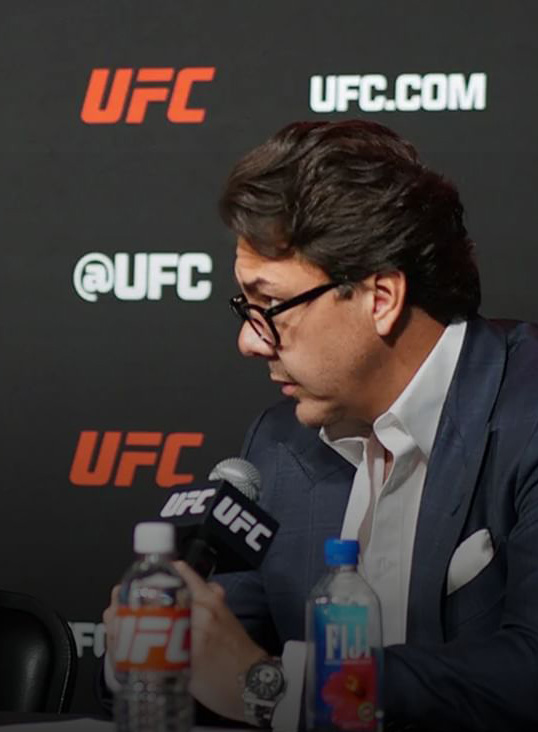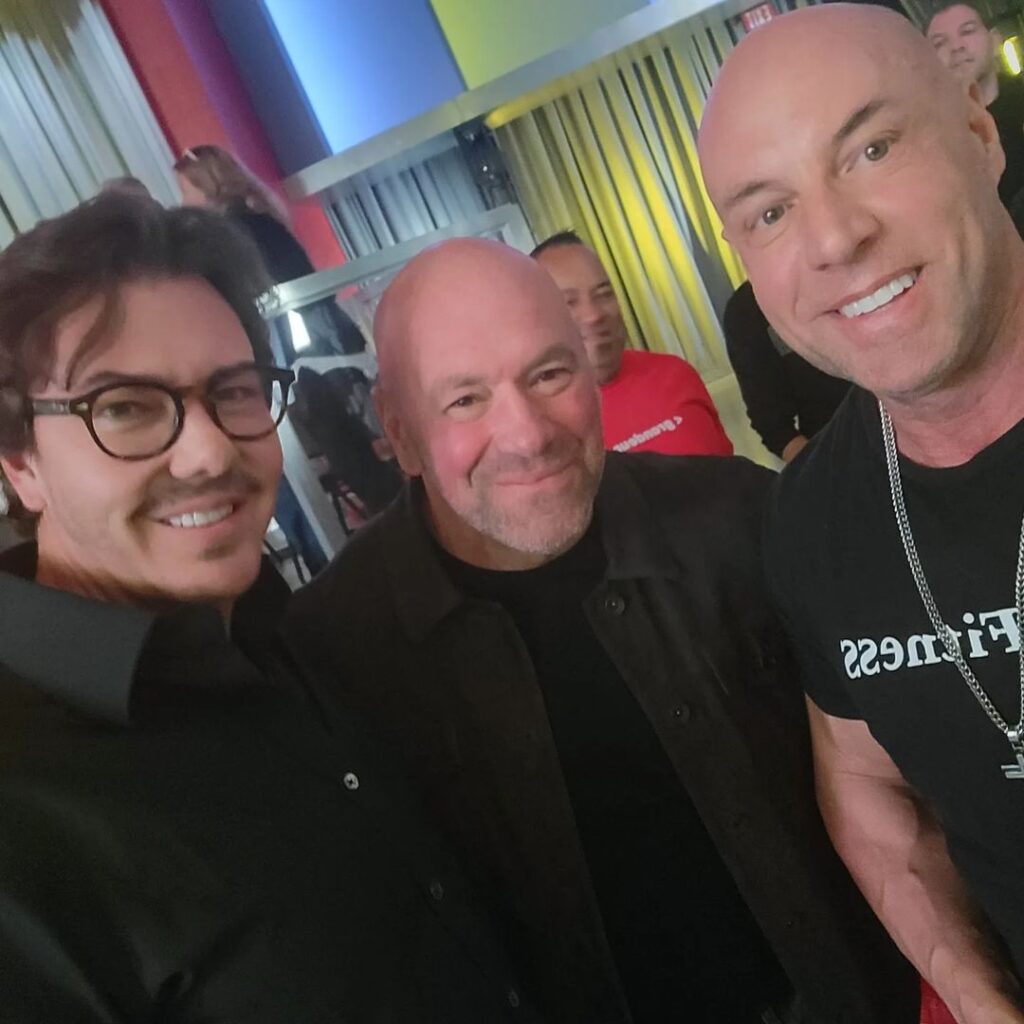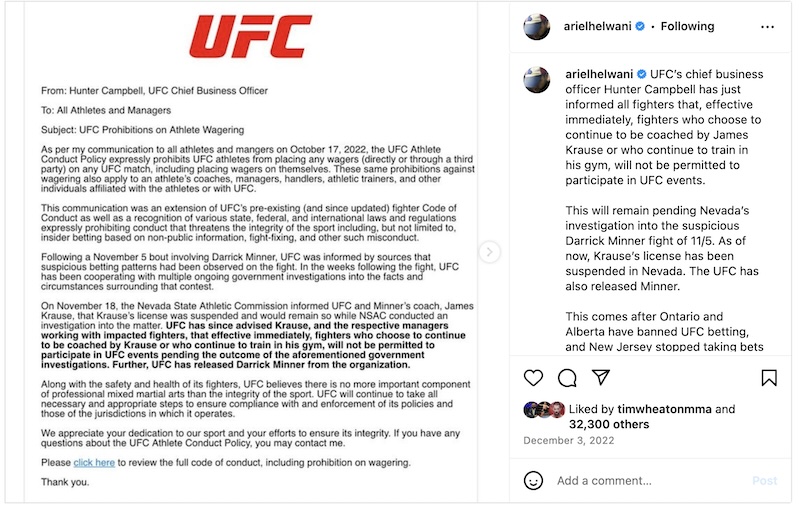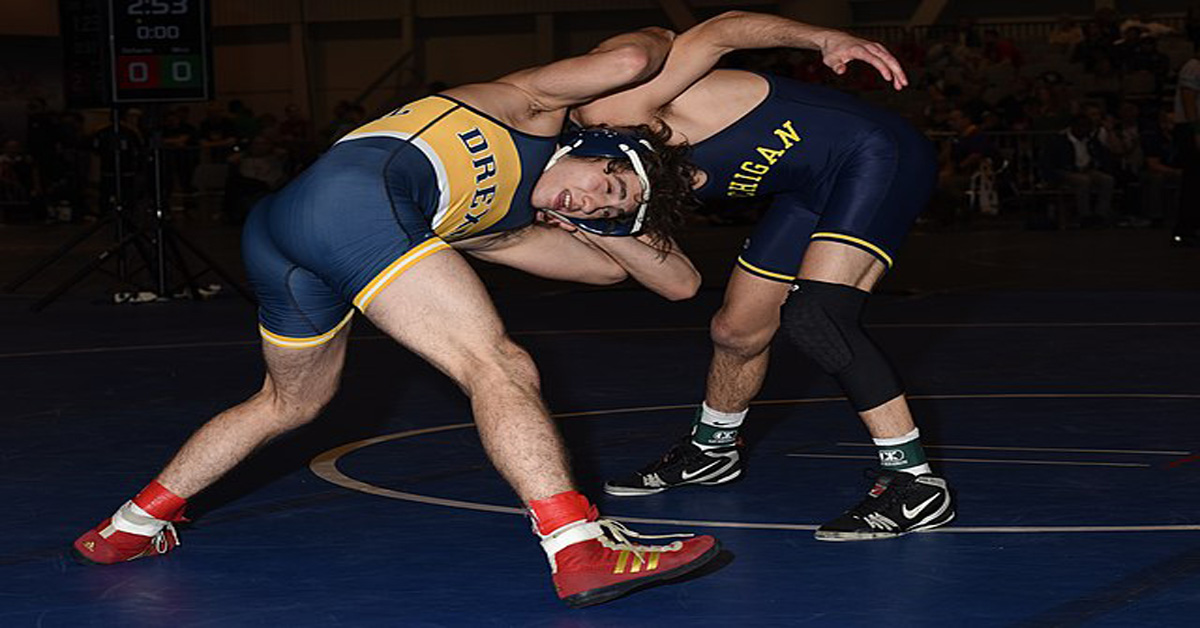
Austin Desanto is a lifelong wrestler, who started getting attention in high school. While attending Exeter High School in Pennsylvania, Desanto quickly got noticed as one of the state’s best wrestlers.
| Birth Name: | Austin Desanto |
| Date of Birth: | October 10, 1998 |
| Hometown: | Exeter, Pennsylvania |
| Height: | 5’5″ (165.1 cm) |
| Weight: | 133 lbs |
Austin Desanto’s High School Career
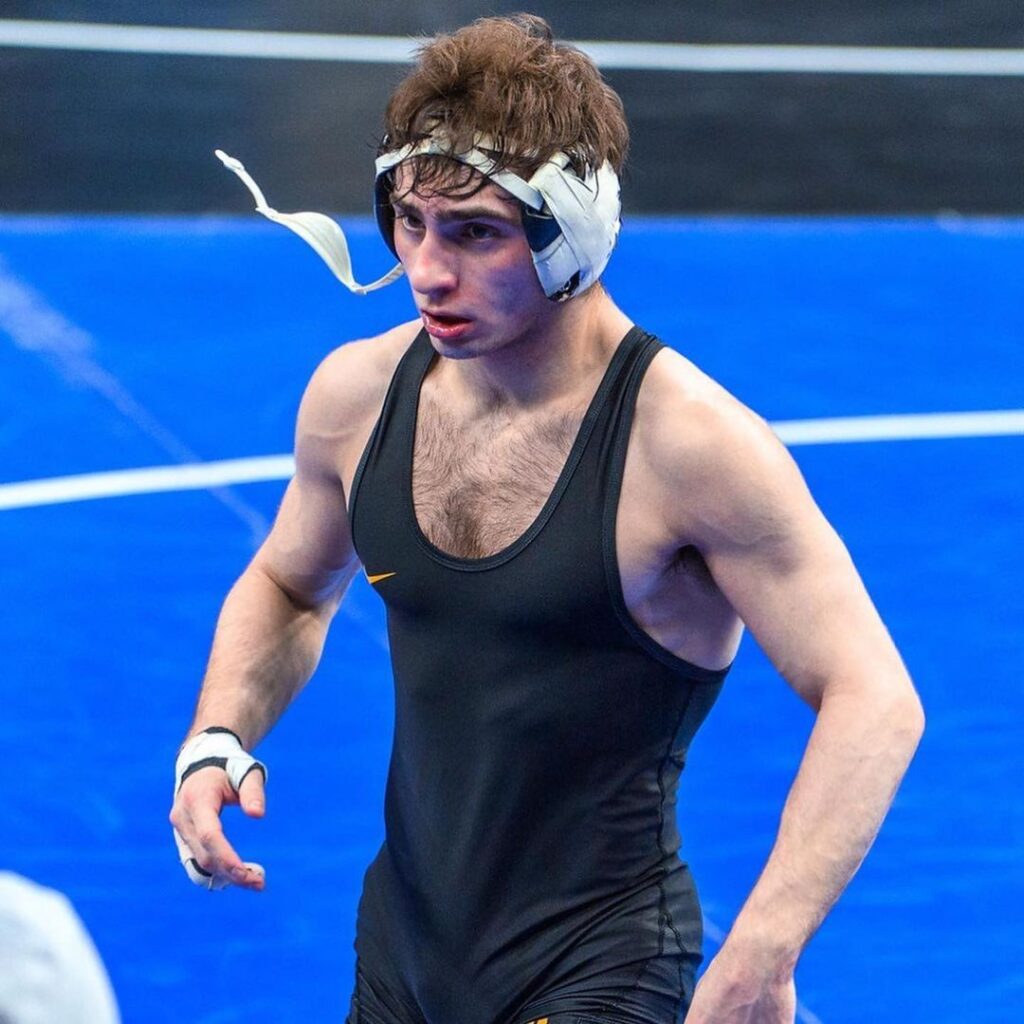
As a sophomore, Desanto finished fifth at state before getting runner-up his junior year. In his senior year, Austin decided to go up a weight class in an attempt to meet 3x state champion Spencer Lee.
His run to the state finals was something out of the movie Vision Quest. Desanto met Lee in the finals and beat him with a last minute takedown.
Ironically the two wrestlers would later become teammates at Iowa University.
Austin Desanto’s College Freshman Year
After finishing high school, Austin would enroll as a true freshman at Drexel University. As a college freshman, Austin Desanto quickly established himself as one of the nation’s top 133 lb wrestlers.
In Austin’s freshman year, he earned an overall record of 29-7 and was the nation’s fourth best 133 lb wrestler. Out of those wins, Austin was 12-1 in dual meets and his fastest fall was 1:16.
Desanto Transfers To Iowa
Austin had a successful freshman year at Drexel, but decided to transfer to the powerhouse Iowa University. The University of Iowa is known for being one of the best wrestling schools in the country.
Desanto knew that by going to join Iowa, he would take his wrestling game to a whole other level
As a sophomore at Iowa, Desanto was the fifth best 133 pounder in the nation and fourth in the Big 10. He earned an overall record of 23-6, while going 12-5 against ranked opponents and won Big 10 duals.
For his junior year, Desanto at one point was the top wrestler in the nation before going down to sixth seed. Despite placing sixth, Austin was once again an All-American with a 17-4 record.
During his junior year, Desanto would also earn a feather in his cap by knocking off the one seed Seth Gross.
Coming into his junior year, Austin finished the season with a 12-2 record and was the Big 10 runner up champion. In his senior year, Desanto led the team in technical falls(6) and was high as the 3 seed in the nation.
The Menace
Throughout his collegiate career, Austin Desanto has caused quite a bit of controversy. He earned the nickname “The Menace” for good reason as he doesn’t shy away from starting conflicts or starting them.
Many times throughout his college career, Desanto has gone overboard at times with his antics. Some wrestling fans even think he’s a dirty athlete with no respect for the antics he’s pulled in matches.
Everything from showboating, driving opponent’s heads into the mat, and even causing melees. One particular low-light of the Menace came at a match against rival school Iowa State.
He and his opponent from Iowa State were chippy throughout their whole match. At one point, Desanto pushed his opponent out of bounds and into the announcer’s table.
Austin’s opponent reacted by elbowing him in the side of the head. Desanto would win the chippy match, but at the end of the matches, both sides would get into a brawl.
Of course, Desanto was in the middle of it and was served one of his multiple suspensions for his actions. For Austin, this was just another competition and felt like he did nothing wrong.
Austin Desanto’s Collegiate Stats
While Austin’s collegiate career had some controversial moments, he was one of the nation’s top wrestlers. Here’s Austin Desanto’s collegiate stats from 2017 to 2022.
- 4x All American
- 102-23 Collegiate Record
- 40-16 vs. Ranked Opponents(At Iowa)
- Scored 20+ Points In 28 Matches
- 41 Dual Starts
- 18-3 At Home Duals
- 2021 National Team Champion
2023 US National Championship
After finishing his college career, Austin looked to make a name for himself on the next level. His first big challenge was the 2023 US National Championship
Austin competed in the 61 kg division and had a great run in the tournament up until the finals. In the finals, he faced the top ranked Vito Arujau.
Unfortunately for Austin, Vito was able to hit a great arm drag to a takedown and scored 10 points. Shutting out Desanto in a little over a minute to win the national title.
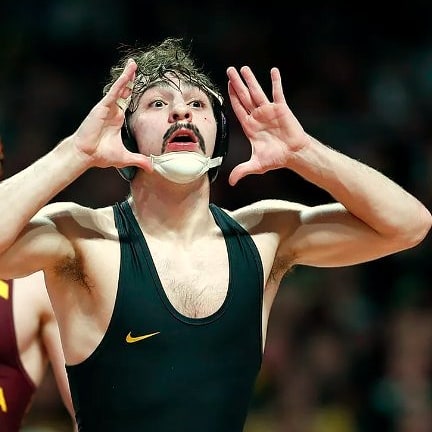
Austin Desanto’s Trademark Techniques
Austin is known for his great hand fighting skills, tenacity, and speed. When you see Desanto wrestler, he is rarely out of position and never rushes his setups.
If Austin is able to get the jump on his opponent by winning the hand and head fight, he usually wins. Desanto is no-doubt one of the top American wrestlers, who is always in the mix to win major tournaments.
2023 Senior Nationals
In late 2023, Austin Desanto took part in the 2023 Senior Nationals in the 65 kg division. The winner of this national tournament would earn a spot on the US men’s Olympic team.
Austin easily won his first bout with Ian Parker, who he shut out 4-0 in two periods.
He then battled Alec Pantaleo in a grudge match. At first, it seemed like Alec would cruise to a win by going up 7 points in the first period.
Desanto nearly won going up 9-0, but suffered a knee injury, but wanted to continue. Desanto was clearly injured and gave up 6 points, but was able to hold on to win the bout.
In the next round, Desanto faced NCAA national champion Andrew Alirez beat him on points 10-0.
What’s Next For Austin Desanto?
Austin Desanto is no doubt one of the best American amateur wrestlers that compete at 65 kg and below. Despite his antics that some fans don’t appreciate, you can’t deny that Austin is a skilled wrestler.
Desanto had a solid college career and is now looking to win big on the national and international stage. He came close in 2023 and wrestling fans are eager to see what he can do in the 2024 season.
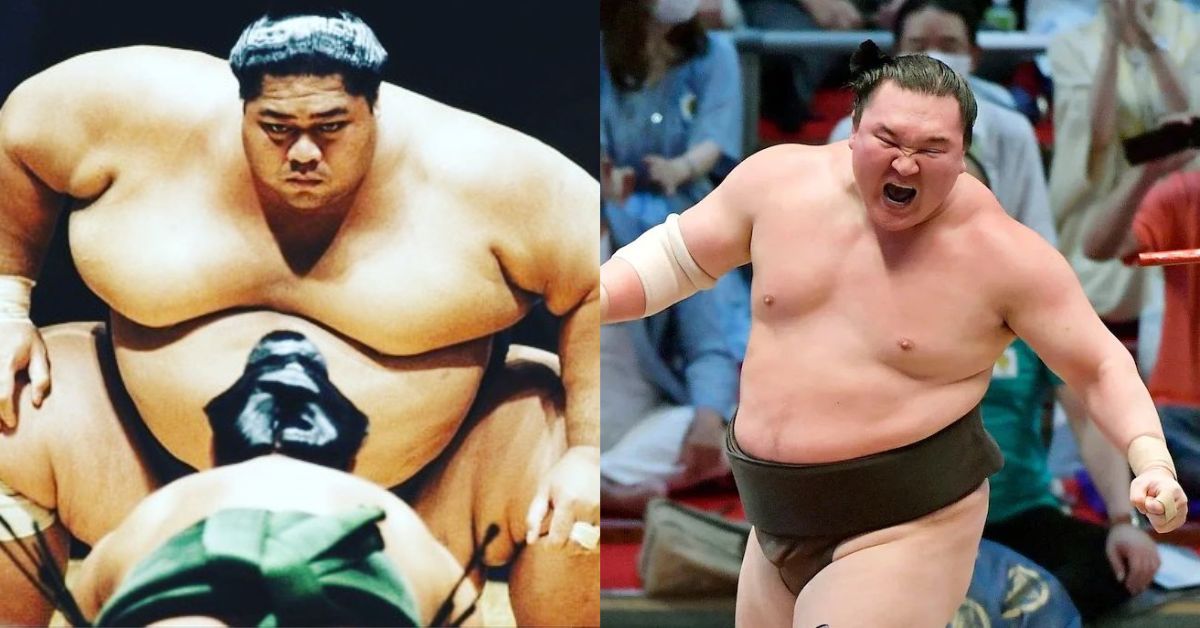 In the history of modern sumo wrestling, some legendary wrestlers have stepped into the dohyo. Diehard sumo fans often…
In the history of modern sumo wrestling, some legendary wrestlers have stepped into the dohyo. Diehard sumo fans often…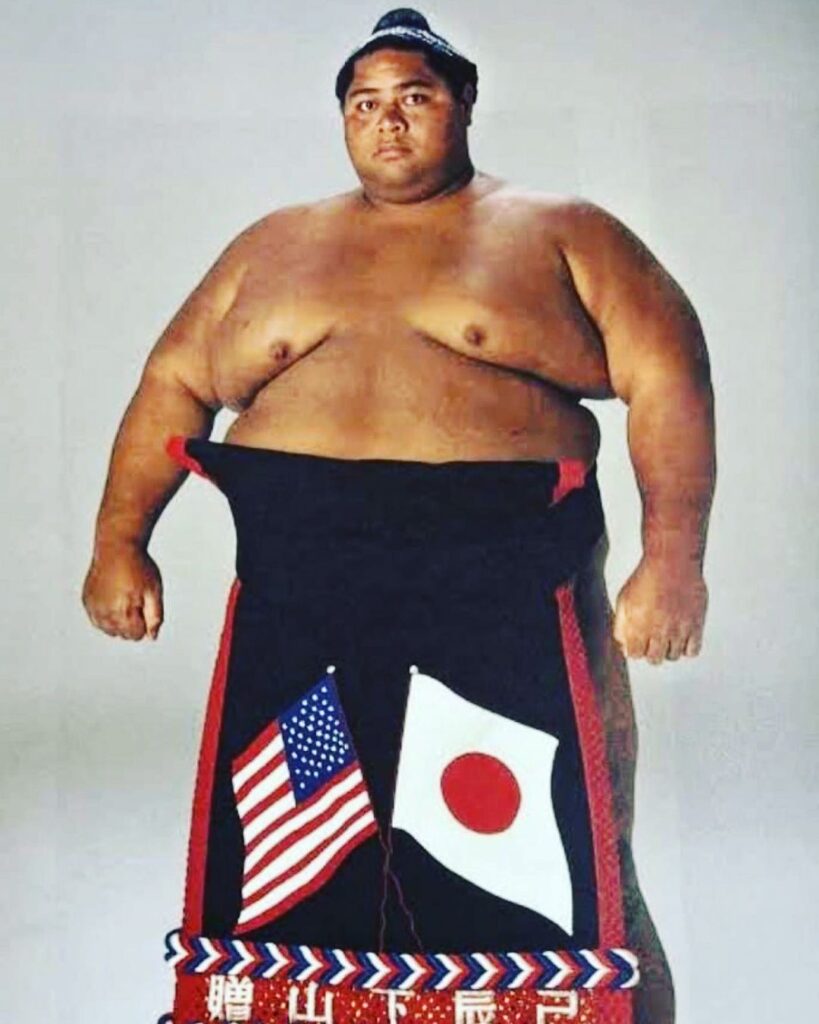
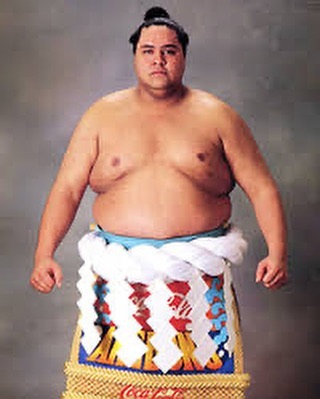
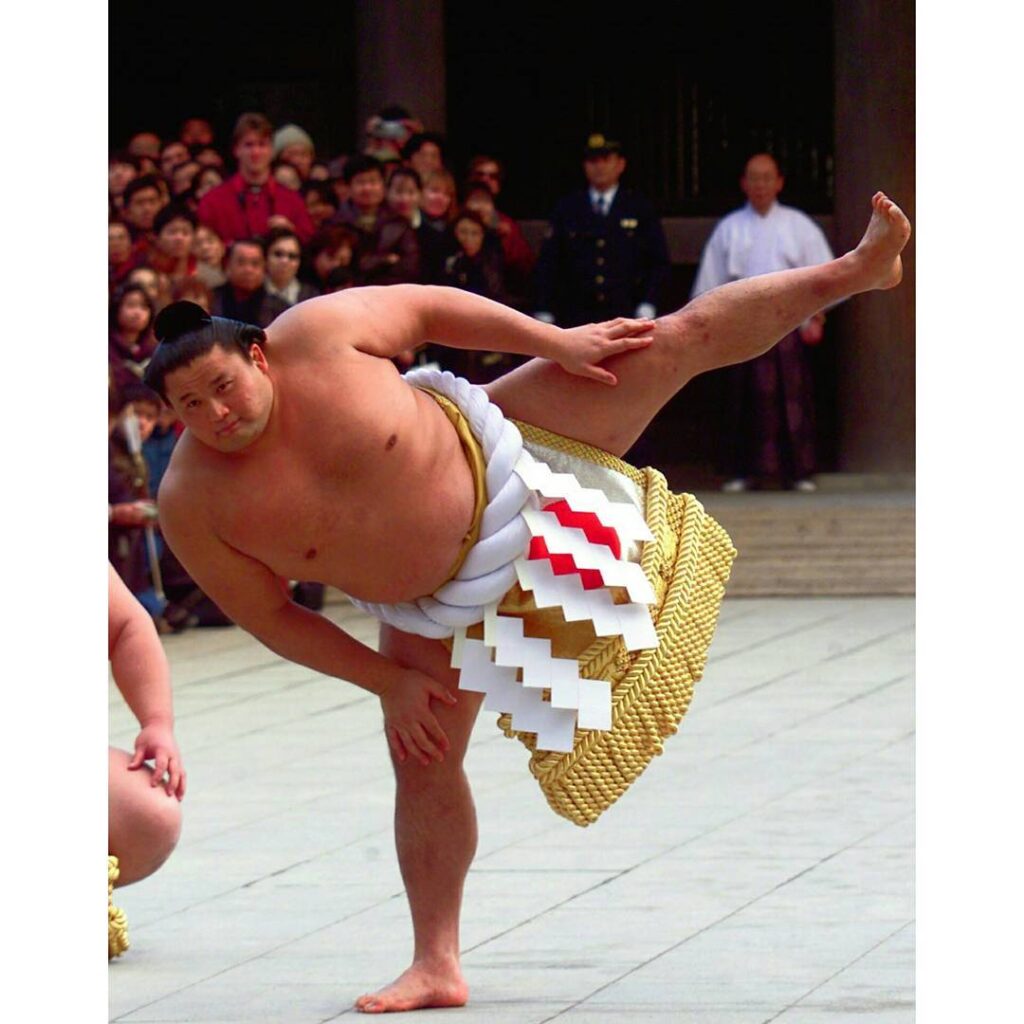
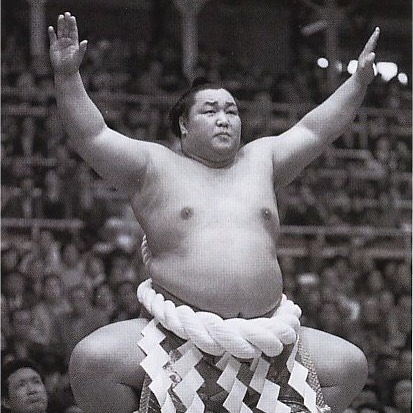
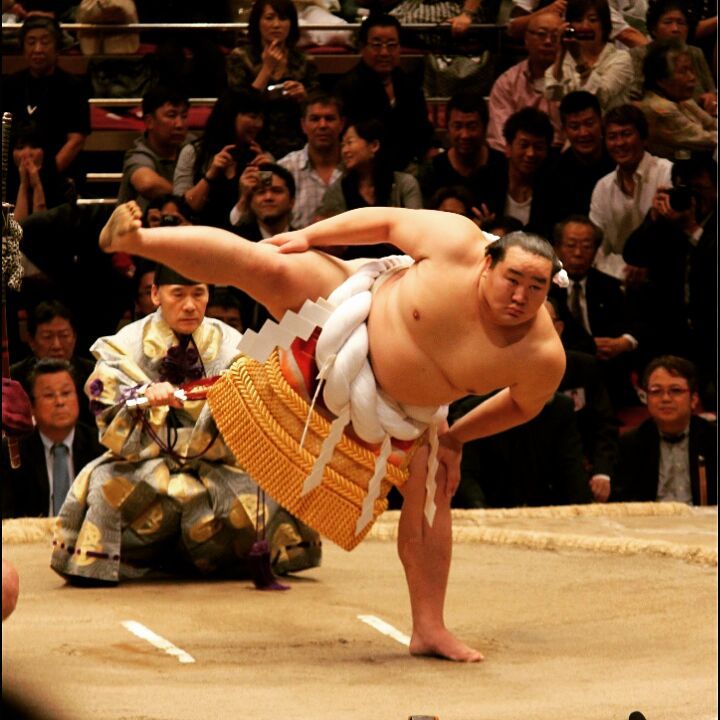
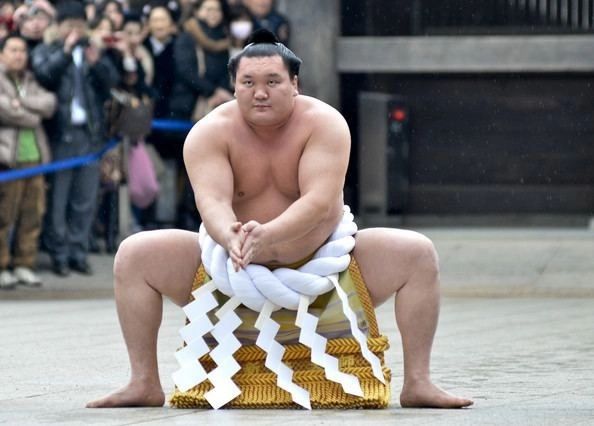
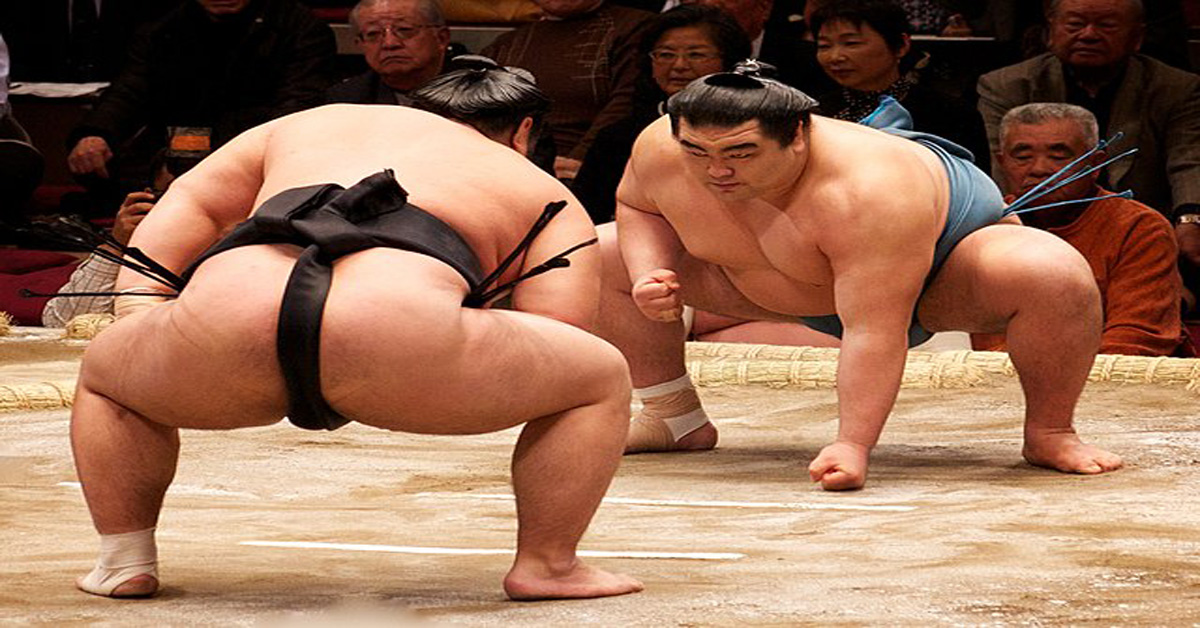 Sumo wrestling is a traditional Japanese sport engrained in Japan’s history and culture. It is one of the oldest…
Sumo wrestling is a traditional Japanese sport engrained in Japan’s history and culture. It is one of the oldest…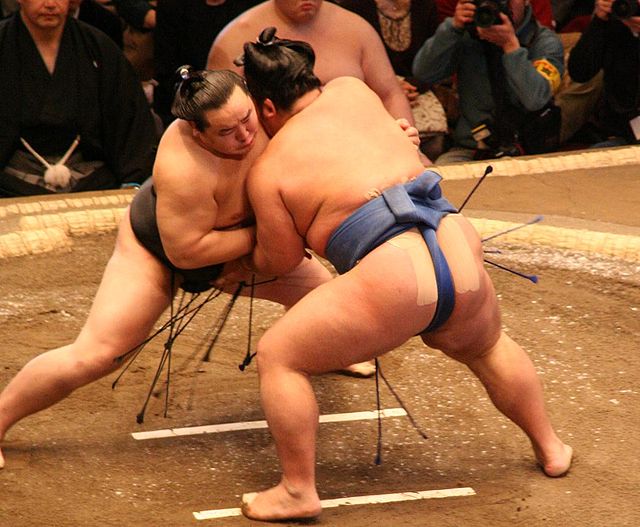
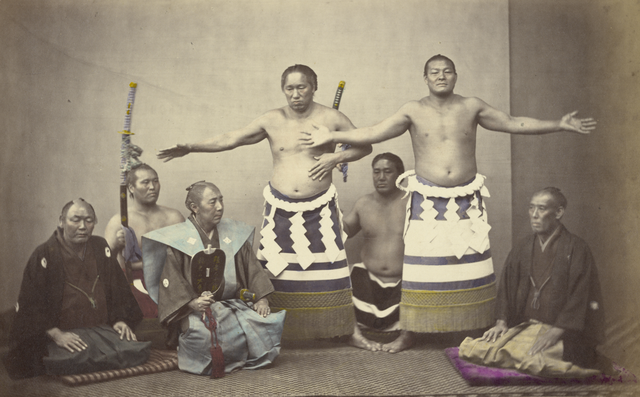
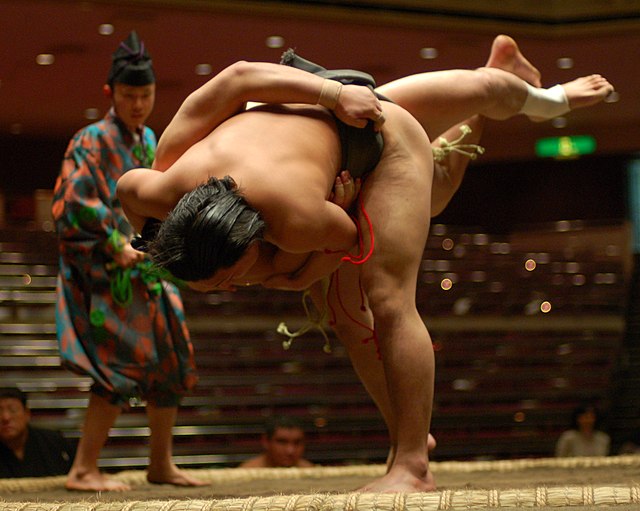
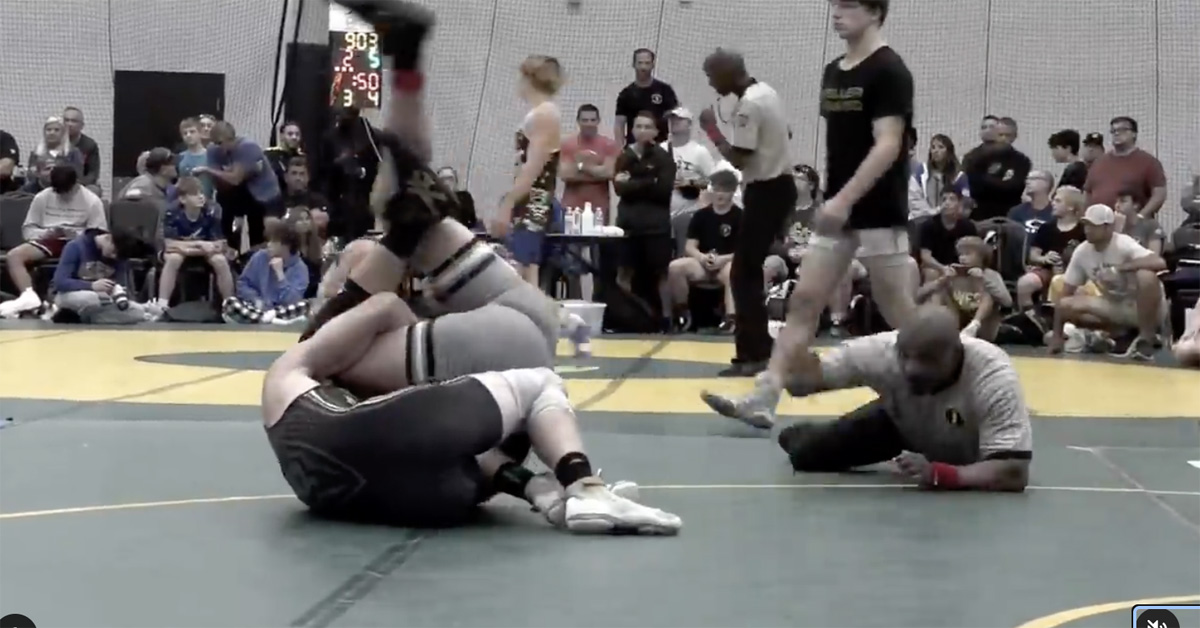 Arguably, one of the strongest techniques in wrestling is the cradle. It is one of the best techniques to…
Arguably, one of the strongest techniques in wrestling is the cradle. It is one of the best techniques to…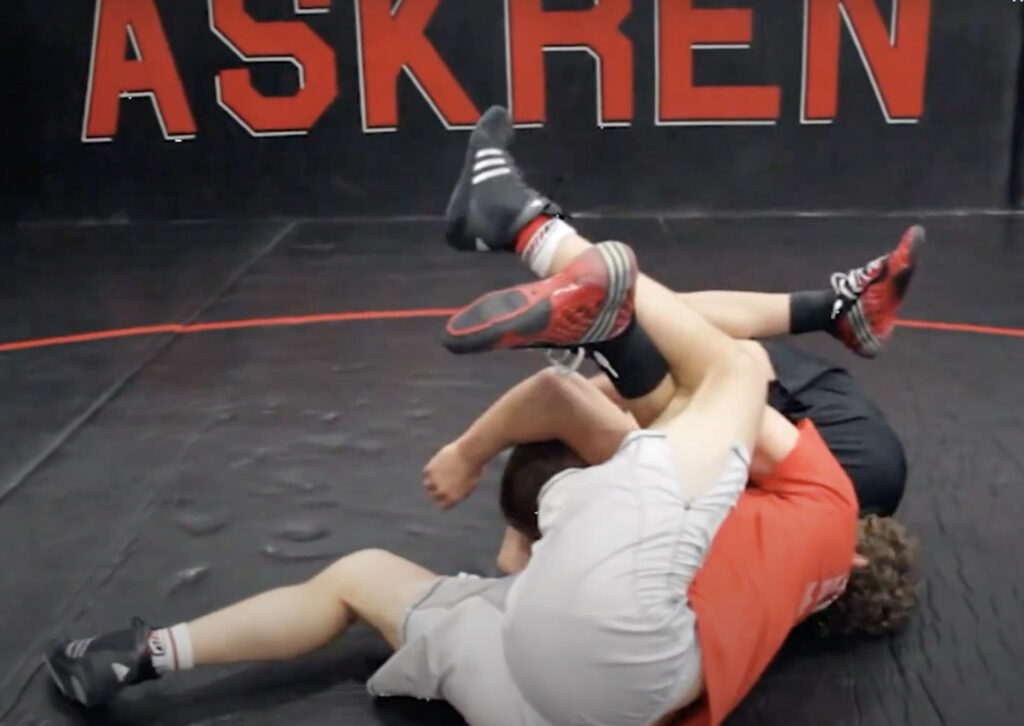
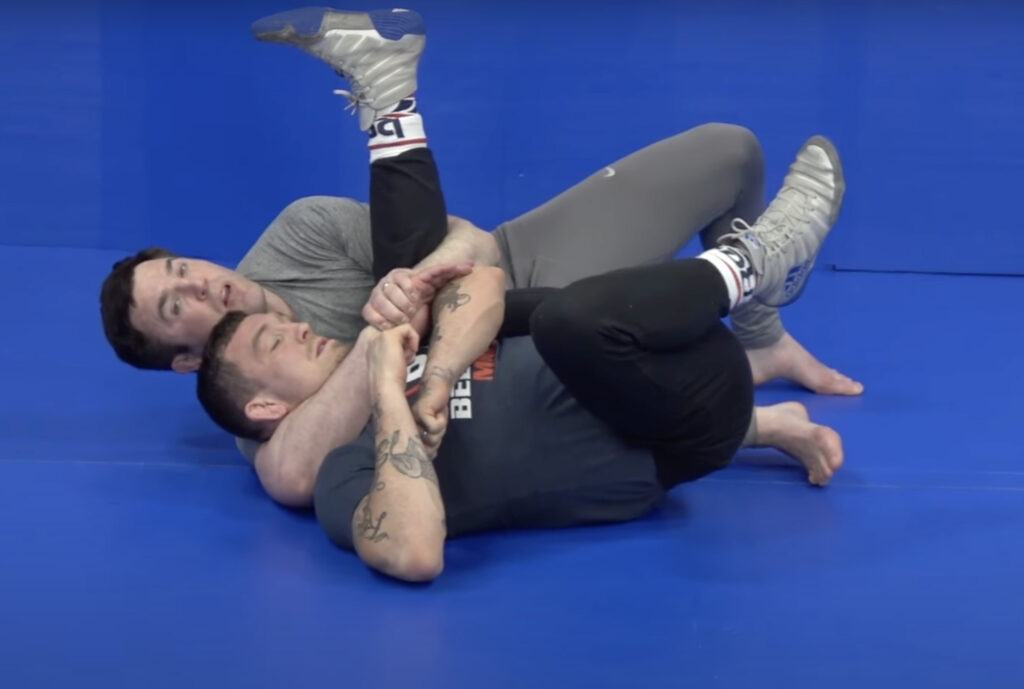
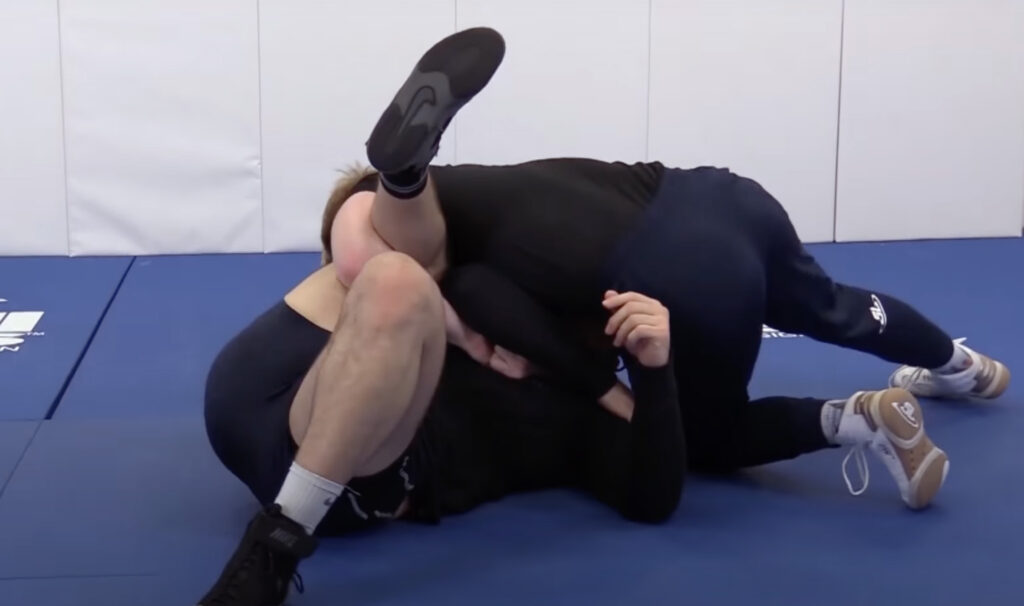
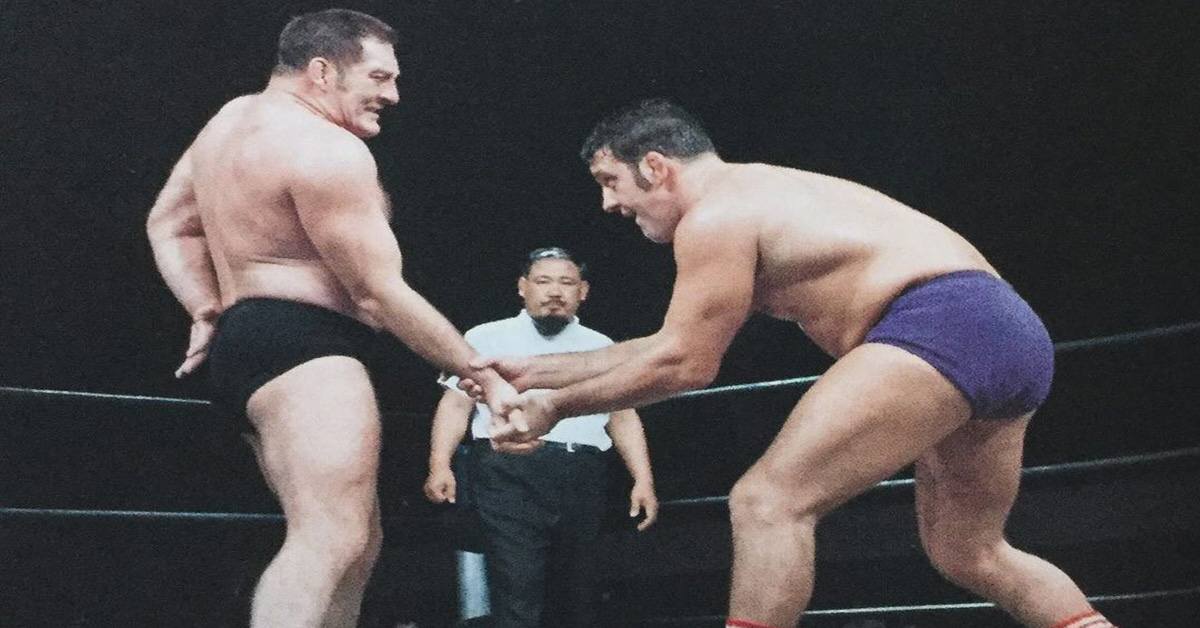 Karl Gotch is a legendary figure in amateur and pro wrestling. His work and development of training routines helped…
Karl Gotch is a legendary figure in amateur and pro wrestling. His work and development of training routines helped…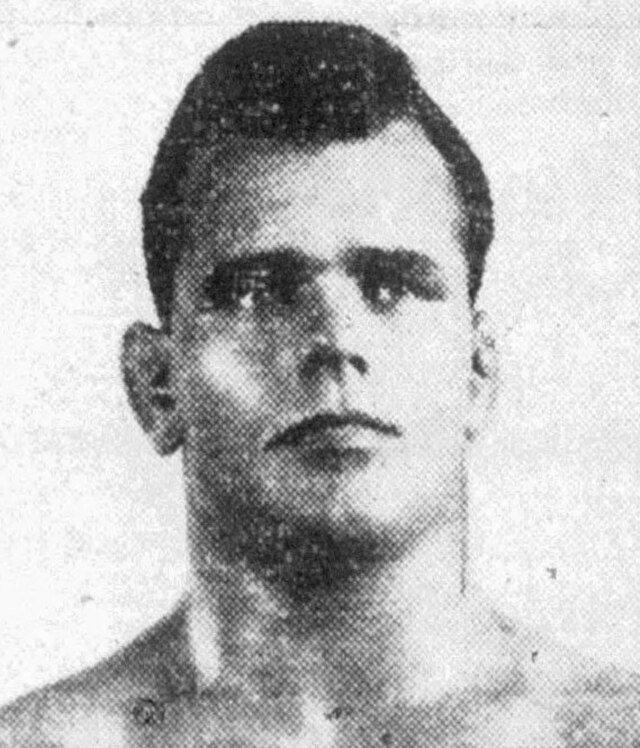
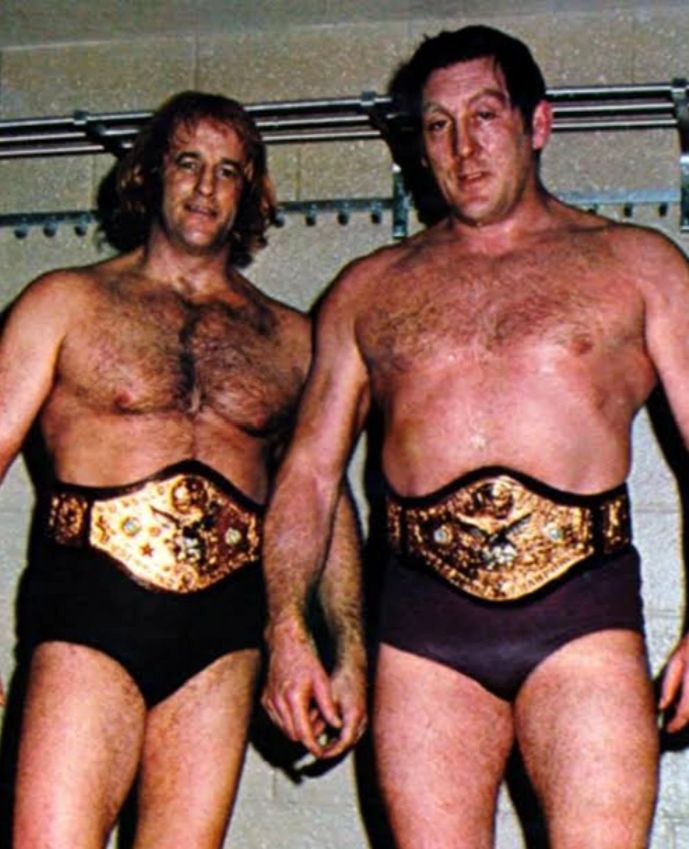
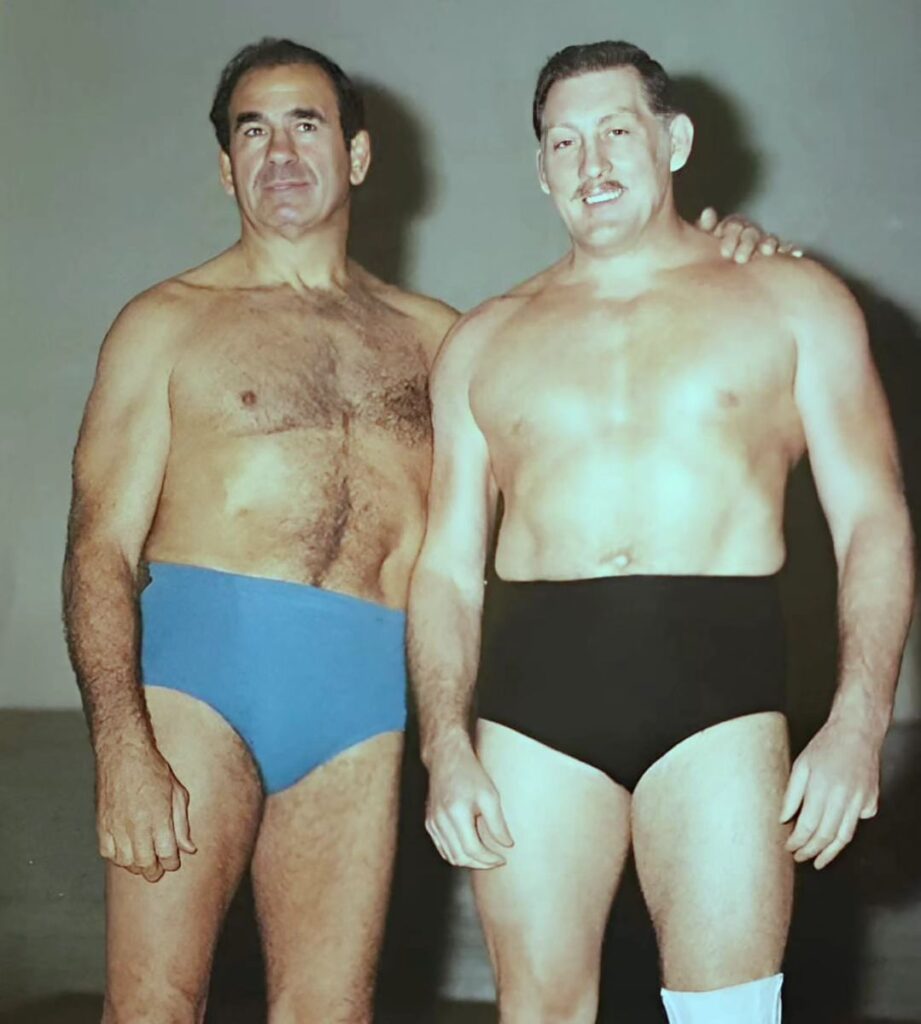
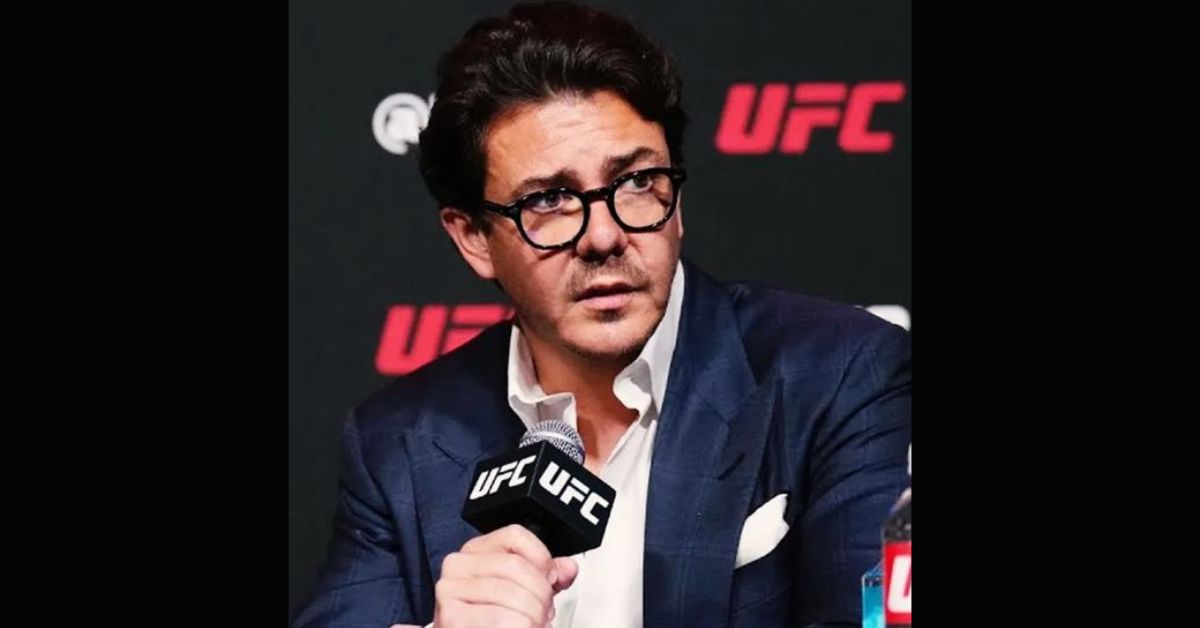 It’s hard to imagine the UFC without Dana White being the boss. Whenever that day may come, the company…
It’s hard to imagine the UFC without Dana White being the boss. Whenever that day may come, the company…